4-Bromo-2-nitrotoluene
- CAS NO.:60956-26-5
- Empirical Formula: C7H6BrNO2
- Molecular Weight: 216.03
- MDL number: MFCD00041243
- EINECS: 262-536-3
- SAFETY DATA SHEET (SDS)
- Update Date: 2025-01-27 09:38:02
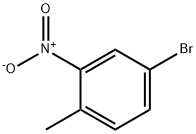
What is 4-Bromo-2-nitrotoluene?
Chemical properties
YELLOW TO LIGHT ORANGE CRYSTALS OR CRYST. POWDER
The Uses of 4-Bromo-2-nitrotoluene
4-Bromo-2-nitrotoluene may be used as a starting material in the synthesis of the following:
- 4-bromo-2-nitrobenzylidene
- 4-bromo-2-nitrobenzaldehyde
- 4-bromo-2-chlorotoluene
- 4-bromo-2-nitrobenzoic acid by oxidation
- 6-bromoindole by Batcho-Leimgruber indole synthesis
- 3-(4-bromo-2-nitrophenyl)-2-[2-(tert-butyldimethylsilanyloxy)ethyl]-N-(2,4-dichloro-6-iodophenyl)-N-methoxymethylacrylamide
General Description
4-Bromo-2-nitrotoluene is a nitrotoluene derivative. It can be synthesized by the regioselective bromination of o-nitrotoluene.
Properties of 4-Bromo-2-nitrotoluene
| Melting point: | 45-48 °C (lit.) |
| Boiling point: | 130 °C/12 mmHg (lit.) |
| Density | 1.6841 (rough estimate) |
| refractive index | 1.6120 (estimate) |
| Flash point: | >110°C |
| storage temp. | Sealed in dry,Room Temperature |
| solubility | water: insoluble(lit.) |
| form | Crystals or Crystalline Powder |
| color | Yellow to light orange |
| Water Solubility | insoluble |
| BRN | 2328190 |
| CAS DataBase Reference | 60956-26-5(CAS DataBase Reference) |
| NIST Chemistry Reference | 4-Bromo-2-nitrotoluene(60956-26-5) |
Safety information for 4-Bromo-2-nitrotoluene
| Signal word | Warning |
| Pictogram(s) |
 Exclamation Mark Irritant GHS07 |
| GHS Hazard Statements |
H315:Skin corrosion/irritation H319:Serious eye damage/eye irritation H335:Specific target organ toxicity, single exposure;Respiratory tract irritation |
| Precautionary Statement Codes |
P261:Avoid breathing dust/fume/gas/mist/vapours/spray. P264:Wash hands thoroughly after handling. P264:Wash skin thouroughly after handling. P271:Use only outdoors or in a well-ventilated area. P280:Wear protective gloves/protective clothing/eye protection/face protection. P302+P352:IF ON SKIN: wash with plenty of soap and water. P305+P351+P338:IF IN EYES: Rinse cautiously with water for several minutes. Remove contact lenses, if present and easy to do. Continuerinsing. |
Computed Descriptors for 4-Bromo-2-nitrotoluene
New Products
1-Amino-1-cyclohexanecarboxylic acid 6-Bromo-3-iodo-1-methyl-1H-indazole 3-(2,4-Dimethoxybenzyl)dihydropyrimidine-2,4(1H,3H)-dione S-Methylisothiosemicarbazide hydroiodide ELECTROLYTIC IRON POWDER 1-Aminocyclobutanecarboxylic acid 1-(2-Ethoxyethyl)-2-(piperidin-4-yl)-1H-benzo[d]imidazole hydrochloride tert-butyl 4-(1H-benzo[d]iMidazol-2-yl)piperidine-1-carboxylate Decanonitrile N,N'-diallyl-1,3-diaminopropanedihydrochloride N-(3-Nitrophenyl)cyclopropanecarboxamide (2-amino-2-phenylethyl)(methyl)amine Methyl-2-acetamidobenzoate methyl 6-chloro-2-(chloromethyl)nicotinate 2-methoxy-4-methyl-5-nitro pyridine 2-iodo-5-bromo pyridine 2-amino-4-methyl-5-nitro pyridine 4-cyano benzaldehyde 2-hydroxy-5-bromo pyridine 5-Fluoro-2-Oxindole 3,5-Dichloro-2,6-Dimethyl-1h-Pyridin-4-One (9H-fluoren-9-yl)methyl carbonochloridate 2-methyl-5-nitroaniline (S)-1-(tert-butoxycarbonyl)-4-oxopyrrolidine-2-carboxylic acidRelated products of tetrahydrofuran


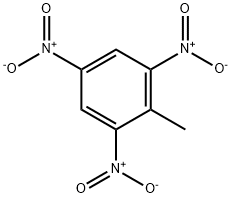
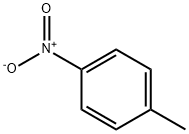




You may like
-
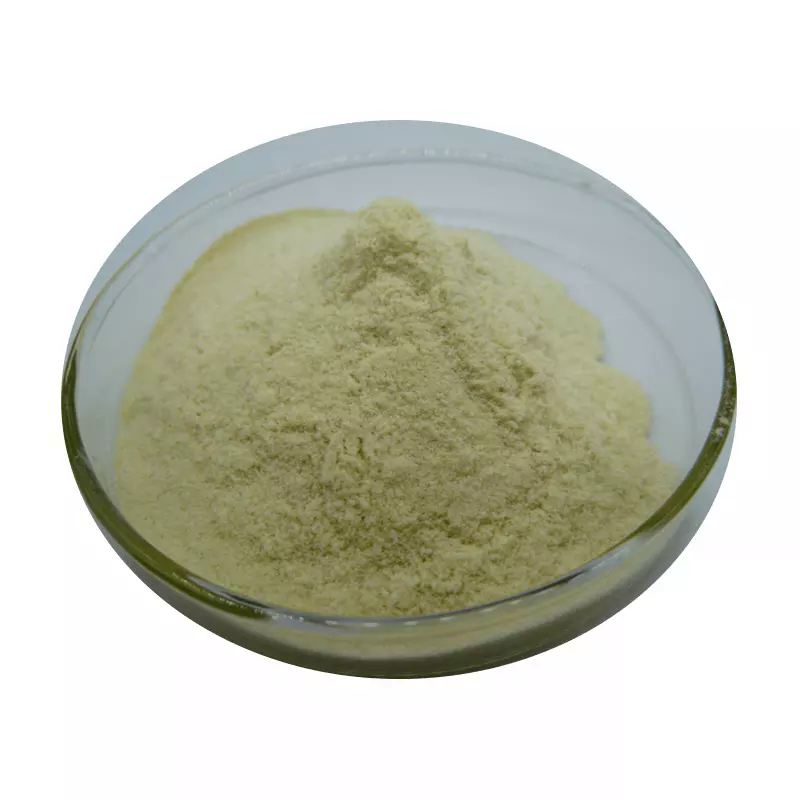 60956-26-5 4-Bromo-2-nitrotoluene 98%View Details
60956-26-5 4-Bromo-2-nitrotoluene 98%View Details
60956-26-5 -
 60956-26-5 98%View Details
60956-26-5 98%View Details
60956-26-5 -
 60956-26-5 4-Bromo-2-nitrotoluene 98%View Details
60956-26-5 4-Bromo-2-nitrotoluene 98%View Details
60956-26-5 -
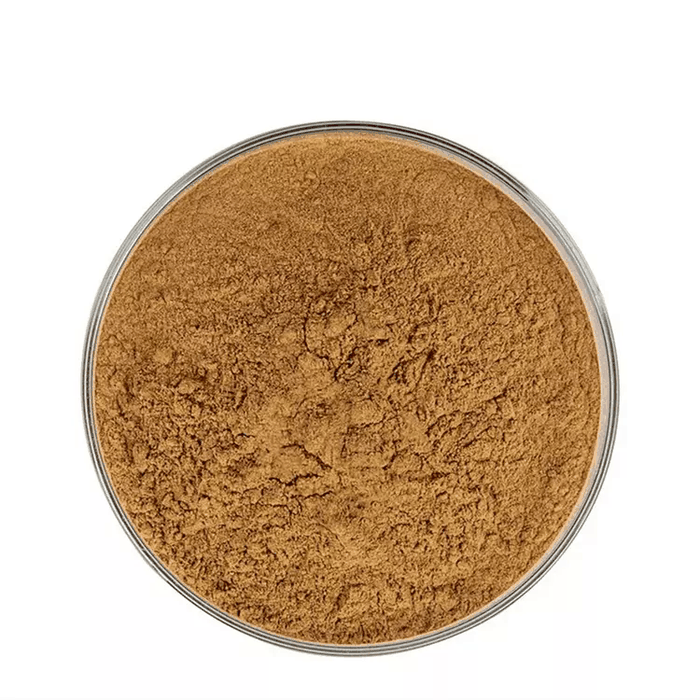 4-bromo-2-nitrotoluene 98%View Details
4-bromo-2-nitrotoluene 98%View Details
60956-26-5 -
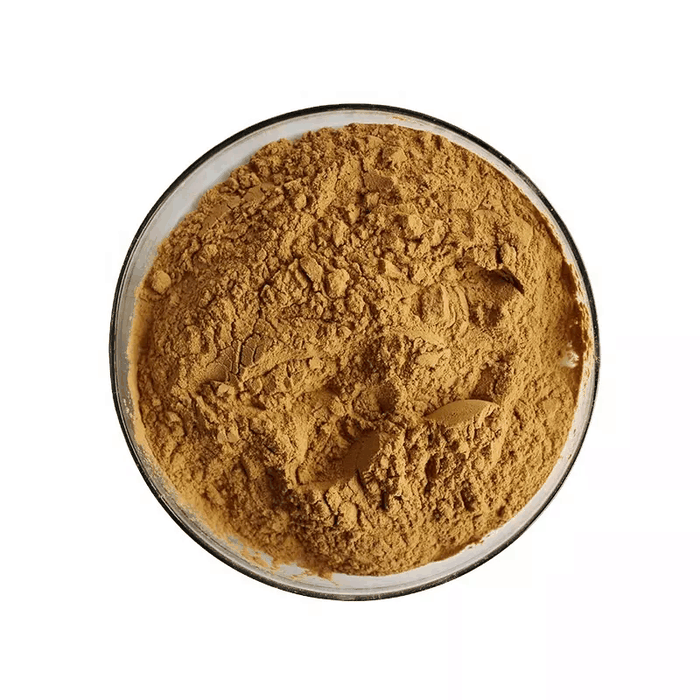 60956-26-5 98%View Details
60956-26-5 98%View Details
60956-26-5 -
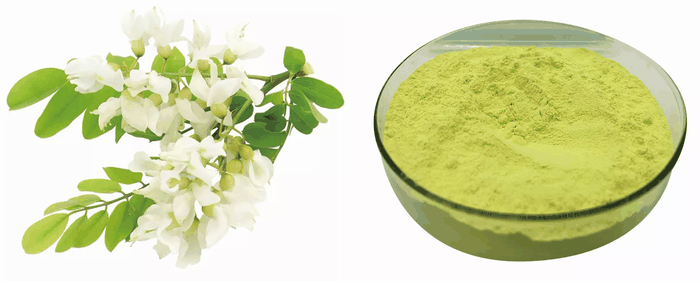 4-BROMO-2-NITRO TOLUENE 60956-26-5 98%View Details
4-BROMO-2-NITRO TOLUENE 60956-26-5 98%View Details
60956-26-5 -
 4-Bromo-2-nitrotoluene CAS 60956-26-5View Details
4-Bromo-2-nitrotoluene CAS 60956-26-5View Details
60956-26-5 -
 4-Bromo-2-nitrotoluene CAS 60956-26-5View Details
4-Bromo-2-nitrotoluene CAS 60956-26-5View Details
60956-26-5
Statement: All products displayed on this website are only used for non medical purposes such as industrial applications or scientific research, and cannot be used for clinical diagnosis or treatment of humans or animals. They are not medicinal or edible.